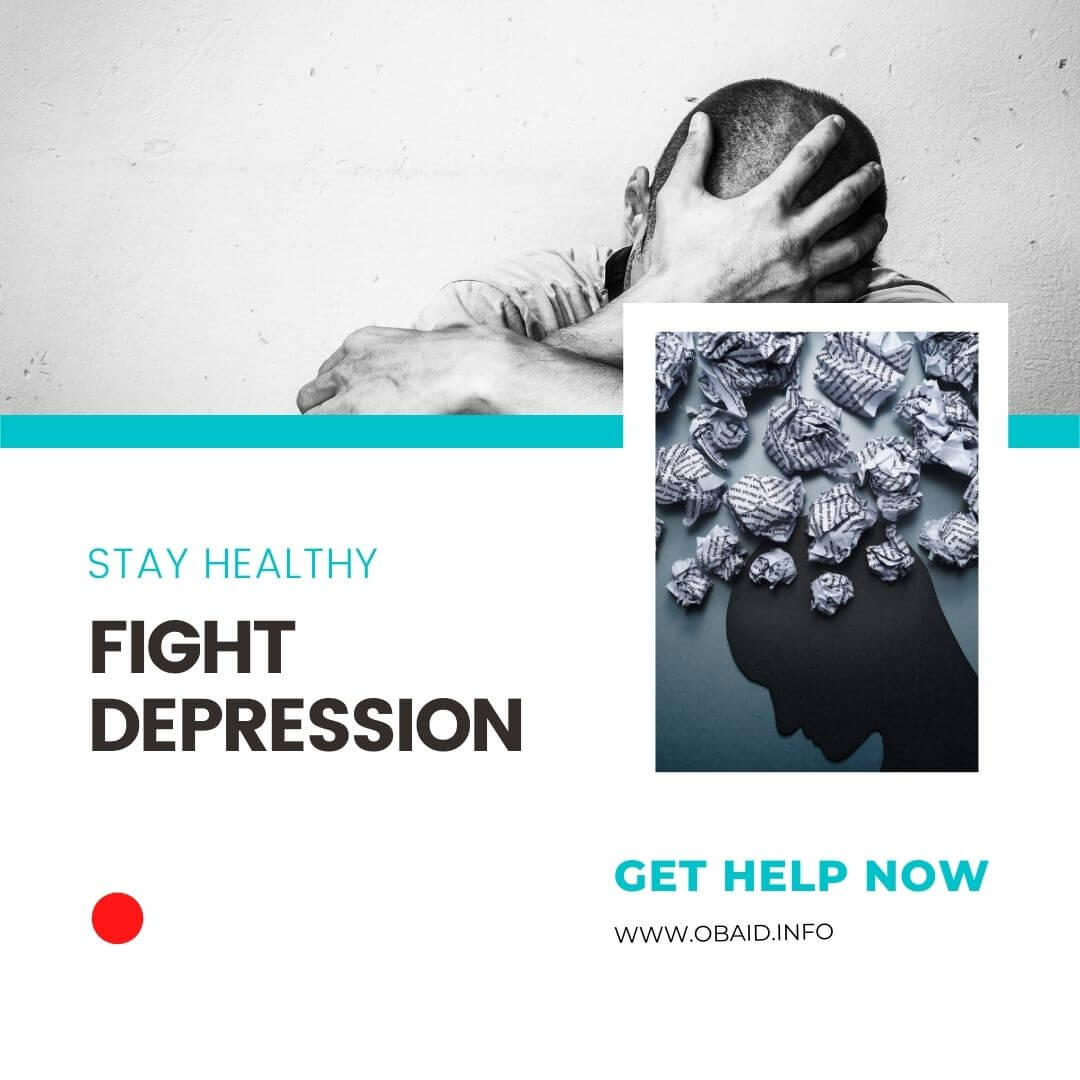
Top 5 Stars Hotels in Jeddah SA
September 6, 2021
How to Calculate HIT 4T Score
September 9, 2021What is Tricyclic Antidepressant?
Even if they’re effective, antidepressants with less side effects have mostly displaced them in clinical practice. Cyclic antidepressants, on the other hand, may be a suitable choice for certain patients. When other therapies have failed, they may provide relief from depression in certain situations.
Antidepressants are used for a variety of reasons, obviously as antidepressants, but also may be used for:

Until the late 1950s. There was no widely accepted drug therapy for depression. forms of mild depression were treated with psychotherapy and severe depression was treated with shock therapy.

What are the reasons for depression?
It is theorized that depression results from a deficiency of norepinephrine, dopamine or serotonin. These are biogenic amines, norepinephrine and serotonin are released throughout the brain by neurons that react with multiple receptors to regulate arousal or waking up alertness, attention, moods, appetite and sensory processing.
Depression may also occur as a result of unknown causes such as either activity or lack of activity. And a number of sites in the brain, including the arousal centers RES (Reticular Activating System), the limbic system and the basal ganglia.
Deficiencies of norepinephrine, dopamine or serotonin
Deficiencies may occur from three known reasons. [1] Mono amine oxidase may break them down to be recycled or they are restored in the neuron. [2] Rapid Fire of the neurons may lead to their depletion. [3] The number or sensitivity of the postsynaptic receptors may increase depleting neurotransmitter levels.
Treating depression
The use of drugs that alter the concentration of neurotransmitters in the brain is the most effective means of treating depression.
They work in one of three ways:
- They inhibit the effective mono amine oxidase.
- Block the reuptake by the releasing neuron, which leads to an increase in norepinephrine or serotonin in the synaptic cleft.
- Regulate receptor sites and breakdown of neurotransmitters which leads to an accumulation of neurotransmitter and the synaptic cleft.
Books that will help you deal with depression
[content-egg module=AmazonNoApi template=grid]
Online courses about depression
[content-egg module=Udemy template=list]







